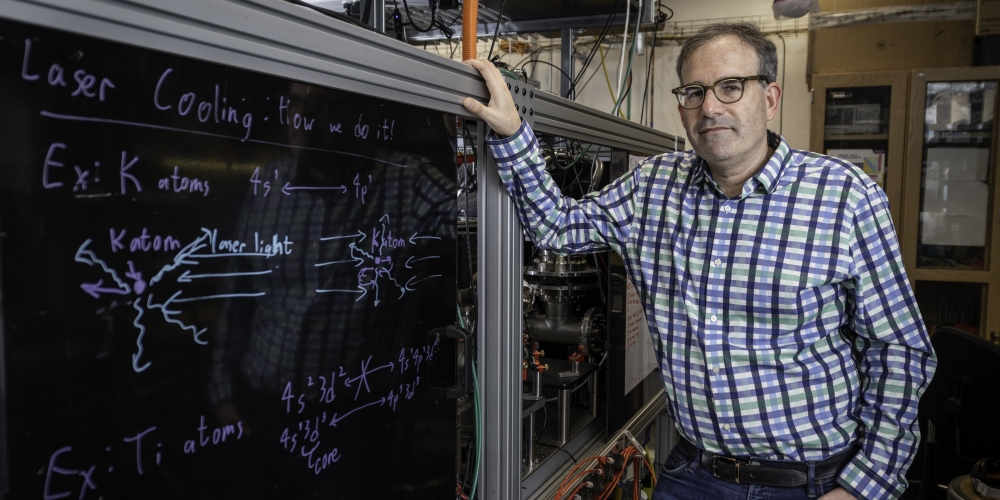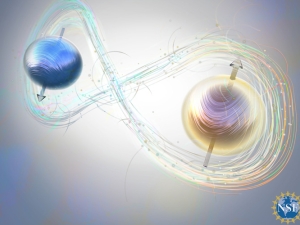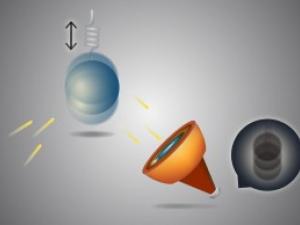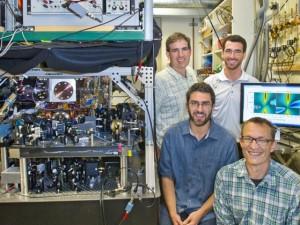

Research Bio
The developing field of ultracold atomic physics provides tantalizing opportunities for exploring physical phenomena in a regime that has heretofore been inaccessible: material systems with temperatures in the nanokelvin range (and below), with broadly and instantly tunable interactions, residing in dynamically adaptable containers, and amenable to the precise manipulation and detection tools of atomic physics. Dan Stamper-Kurn's research has focused on developing further capabilities in this field, and utilizing these advances to study many-body quantum physics, to explore the "coherent optics" and "quantum optics" of matter waves, to realize novel consequences of light-atom interactions, to perform precision measurements of scientific and technological importance, and to develop real-world applications of quantum information science such as quantum computers.
His research agenda continues to evolve and to involve new students, postdocs, and visitors. Please contact dmsk@berkeley.edu for more information.
Research Expertise and Interest
quantum computing, quantum information, atomic physics, quantum optics, condensed matter physics, precision and quantum measurement
In the News
New Fellows of the American Association for the Advancement of Science
UC Berkeley to lead $25 million quantum computing center
Not Much Force: Berkeley Researchers Detect Smallest Force Ever Measured
Berkeley Lab researchers have detected the smallest force ever measured – approximately 42 yoctonewtons – using a unique optical trapping system that provides ultracold atoms. A yoctonewton is one septillionth of a newton.
Berkeley Lab and UC Berkeley Researchers Record First Direct Observations of Quantum Effects in an Optomechanical System
Scientists with the U.S. Department of Energy’s Lawrence Berkeley National Laboratory (Berkeley Lab) and the University of California (UC) Berkeley, using a unique optical trapping system that provides ensembles of ultracold atoms, have recorded the first direct observations of distinctly quantum optical effects – amplification and squeezing – in an optomechanical system.




